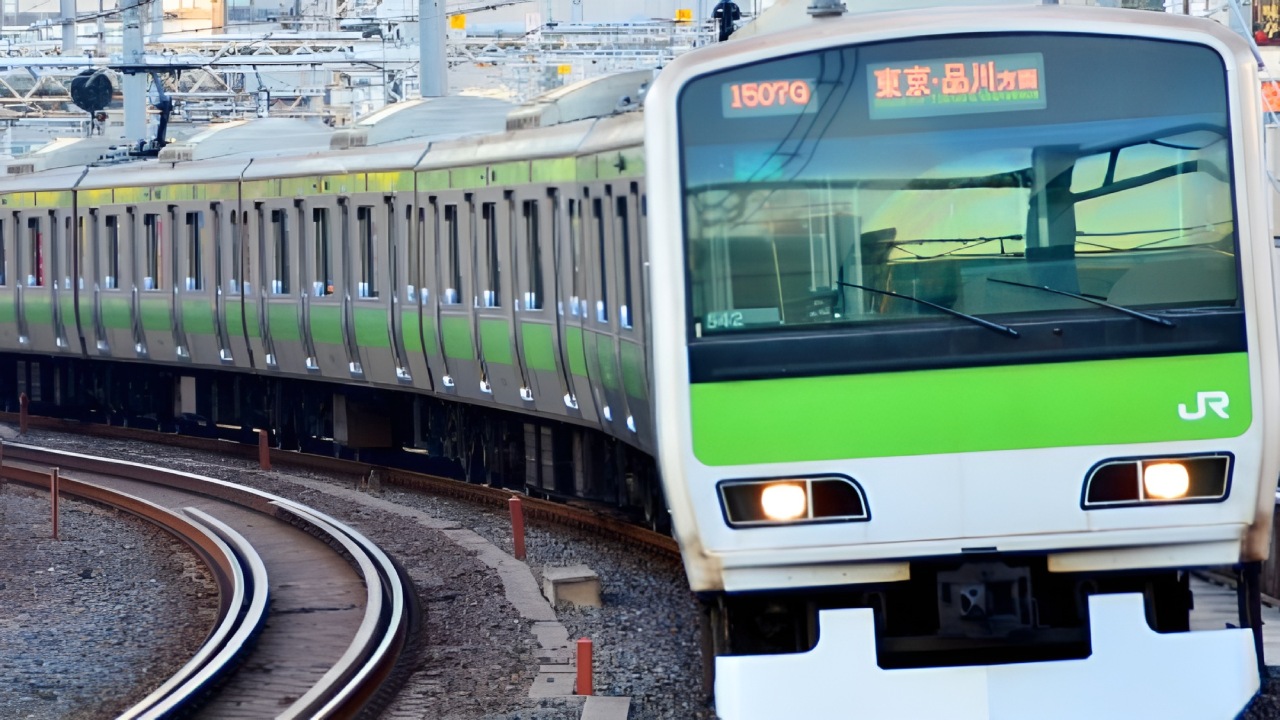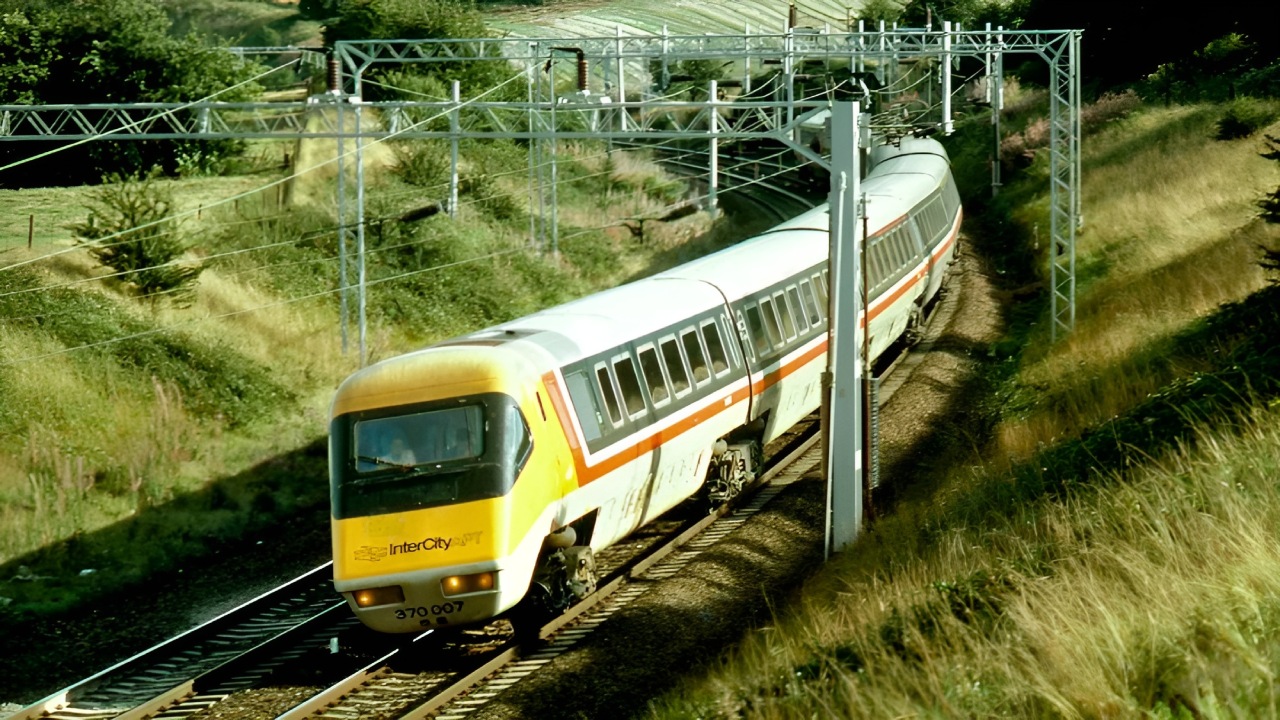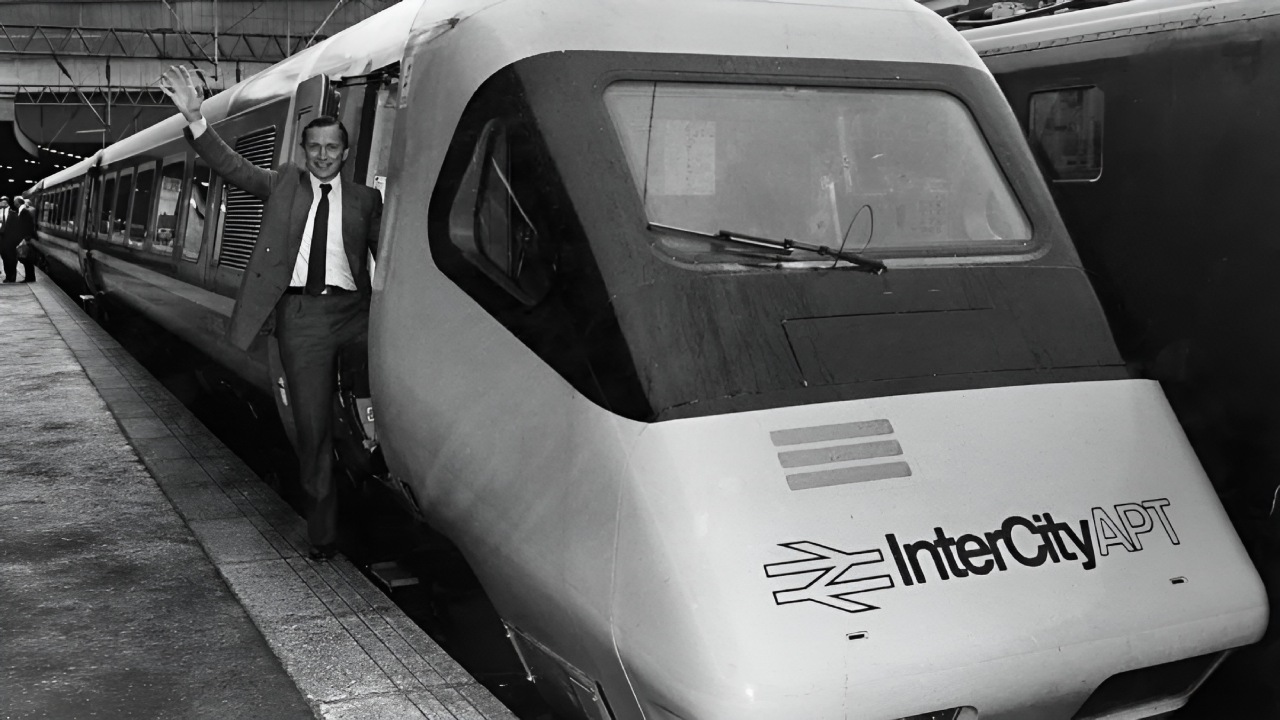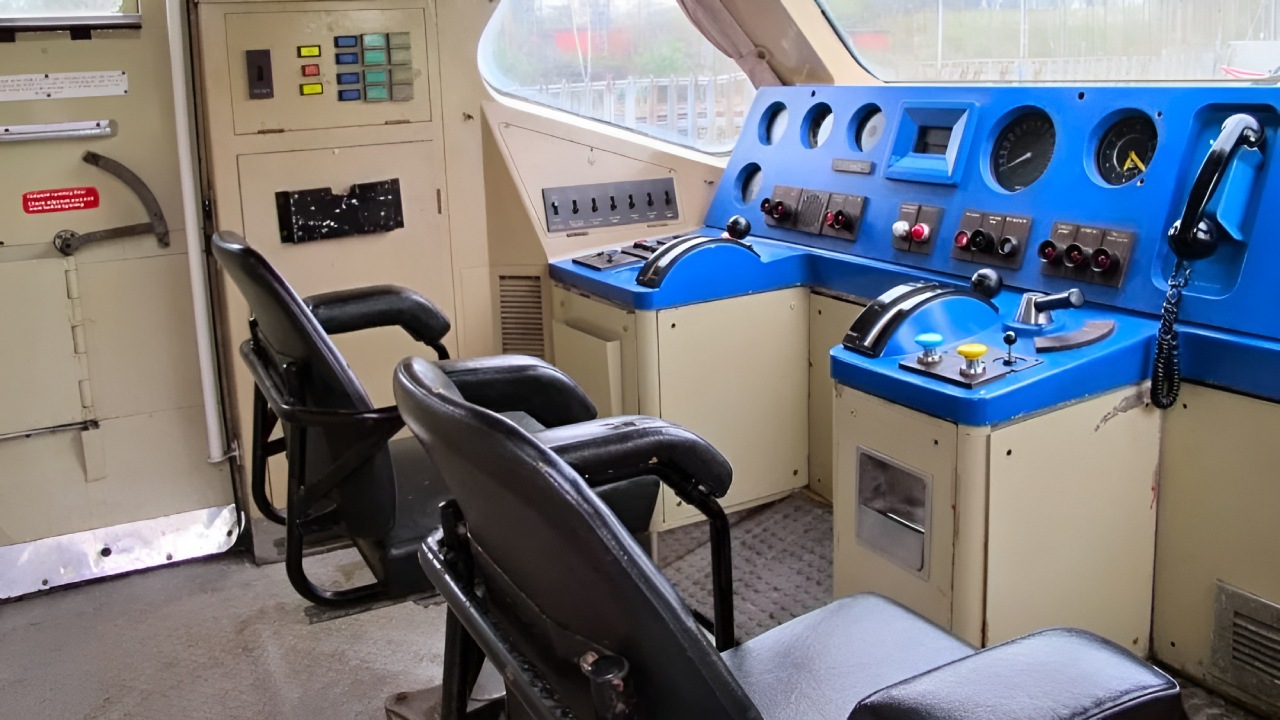In 1969, England set out to build a high-speed train that did not require a modern railway. So the country was after a train that could reach incredible speeds even on winding and winding railways built almost a century ago.
So much so that the train named British Rail APT was going to save England even in the age of automobiles and jet travel, but even though this train was produced, some things went wrong and Instead of making things easier for the passengers, he made them healthier.
Alright British Rail APT’s problem What exactly was it?
In the 1960s, England was in trouble with its railways.
The number of people taking trains at that time was much lower than even in the late 1800s, and therefore railroad lines all over the country Due to lack of demand, it found the solution to close down.
The problem was that England’s railways were slow and obsolete. In fact, the situation in other parts of the world was no different than in England, but they They were doing their best to increase the demand for train travel.
For example, Japan was aware that high-speed trains needed special rails and therefore brand new high speed railway line and built thousands of bridges and dug tunnels.
The French made the same effort by building hundreds of kilometers of high-speed rails.
But England had no intention of building a new railway. Because the country is already It had an extensive railway network and due to the decrease in passengers, most of them were not used.
Therefore, the British decided to build a new high-speed train that could run on Britain’s existing railways. But this job would not be easy because the country’s 100-year-old railway network, It was full of twists and turns.
Moreover, it only took a train to go around a bend at high speed to become uncomfortable. Because the lateral forces on the train, It could send items flying off tables or sweep passengers off their feet.
The Japanese and French built their new high-speed railways into gentle, stacked curves to minimize these lateral forces.

But the British had a completely different plan. Instead of building horizontal rails, They were going to build a leaning train. By tilting the rail cars in curves like a motorcycle, they would minimize or even eliminate lateral forces on passengers.
For this reason, unlike previous tilt suspensions, computers and sensors read the load and actively tilt each wagon They would use water vises to do so.
British Rail APT spent almost 20 years to realize this project and managed to build this train.

This train, which was expected to be referred to as the advanced passenger train, had 8000 horsepower, which made it He built the most powerful domestic train ever operated in England.
In addition, British Rail APT can slow down quickly with its advanced braking system, allowing the UK to It could keep up with the obsolete railways. Again, with its active tilt feature, it could take a bend twice as fast as any British train.
During testing in 1979, this train managed to break a new British speed record by reaching a speed of 261 km/h.

However, when the tilting body APT entered service in 1981, instead of being declared the train of the future, it was He was widely ridiculed by the media. Because the train had many technical problems, especially frozen circuits and tilting mechanisms.
However, in addition to these problems, the most disturbing and unbearable thing is undoubtedly This tilting of the train made the passengers feel severely nauseous. Unfortunately, train manufacturers did not take this into account.
Passenger complaints were so great that a few weeks later British Rail APT was removed from service. It will take about 3 years to solve this problem and the train, He would be subjected to various tests.
In 1984 British Rail APT was reintroduced and proved reliable in service, undergoing a number of changes to reduce passenger nausea and motion sickness.

But that didn’t really matter anymore. Because British Rail APT, will never reach its full potentialwould have to use the same line as slow trains and power lines not designed for high speeds.
In summary, APT was a failed attempt and It was quietly removed from service in 1986.
Our other content that may interest you:
RELATED NEWS
The Ingenious Reason Why Train Wheels Are Designed Differently From Other Vehicles: If Their Shape Wasn’t Like This, We Would Derail!
RELATED NEWS
Why hasn’t this Ottoman Train been removed from the Saudi Arabian Desert for 105 years?
RELATED NEWS
